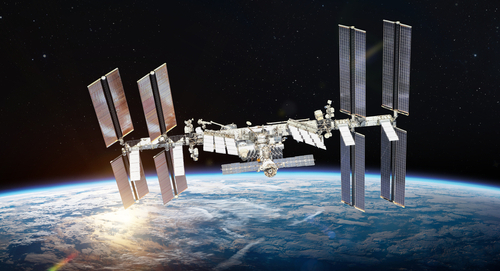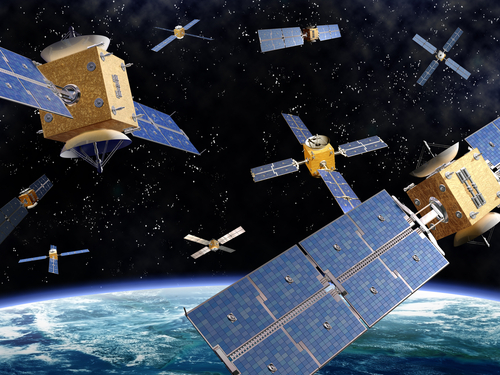Space Junk
Since the space race began the accumulation of junk that circles the Earth has been growing. And no more so than in the last twenty years as more countries propel satellites into orbit, and companies rely more on space technology for interconnectivity to function. But what happens to all the abandoned, outdated, or broken objects once they have no purpose. Until now – nothing. They’ve been left to continue circling the Earth indefinitely.

And it’s becoming a very crowded space as different countries, as well as commercial companies, launch thousands of satellites each year. It’s been necessary for the International Space Station to change its orbiting position several times to avoid colliding with stray debris. Since 1999, the Space Station has changed its course 30 times, a number that has increased recently. Debris could cause massive amounts of damage and even loss of life if a single piece strikes the ISS. Debris travels at around 15,000 mph. Fortunately, NASA constantly track around 30 square miles of space around the ISS for any nearby debris. If any enter this area it triggers the alteration.
Not only is the human race polluting the planet, it’s now discarding waste into space, without any real concern for the consequences. Every space ship that is launched from Earth has to navigate through the minefield of debris orbiting the planet before it truly enters space, a significant problem as we look towards other possibly habitable planets.
Some might consider a solution would be to simply blow up any redundant satellites, but this only creates additional problems. Over 15 years ago a redundant Chinese weather satellite was intentionally targeted by a missile. The result – over 3,500 smaller objects that now need to be tracked as they spin around Earth.

A recent attempt by the European Space Agency to begin removing space junk has sadly encountered a problem. Their intention was to attempt to remove a large discarded conical rocket adapter which has been orbiting the Earth for the last ten years. The ESA craft has been created with four adaptable arms to grab the rocket adapter before flying back to Earth towing the debris behind.
But that wasn’t to be. Ironically another piece of space junk recently hit the rocket adapter breaking it into even more pieces of junk, altering it’s orbit and disrupting the ESA’s plans.
“The most significant threat posed by larger objects of space debris is that they fragment into clouds of smaller objects that can each cause significant damage to active satellites,” the ESA said. “We must urgently reduce the creation of new space debris and begin actively mitigating the impact of existing objects.”
Fortunately the ESA hadn’t intended to launch to collect the debris until 2026 anyway, so adjustments, recalculations and additional planning are now required, but they remain determined to begin cleaning the orbit surrounding Earth.



